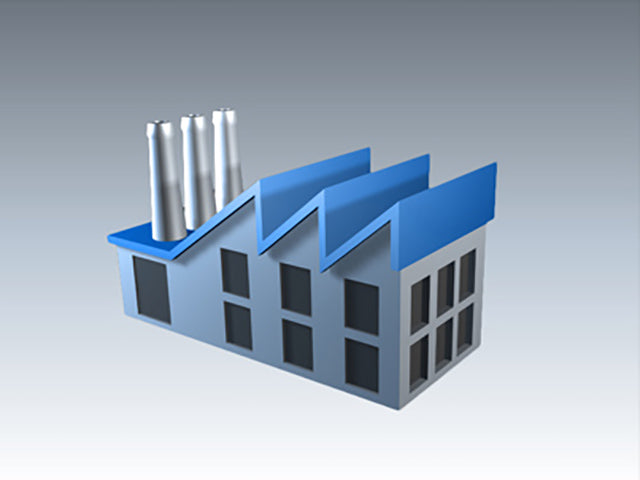Customer Values
- Single sensor simplifies procurement, inventory and truck assembly
- Cost effective solution for a range of long operating distances
Specific Product Advantages
- Extended sensing distance in standard product (8 mm)
- Robust construction
- Proven reliability
- High switching accuracy
Customer Application
A new machine has the job of placing test-tubes in racks. To achieve this, bulk fed test-tubes are placed separately on a conveyor and then pushed into the sample racks. It is crucial that the test-tubes enter the racks the right way up. The cap sealing each small tube must be uppermost. However, the orientation of these blood test-tubes on the conveyor line is random – sometimes the cap is to the right, sometimes to the left.
The form and material of blood test-tubes makes measuring them quite problematic. They are round, transparent and filled with liquid in varying quantities. The contours are indistinct and there is a lack of plane surfaces. These are major challenges for most principles of measurement. However, instead of a solution based on laborious and costly camera-based systems or profile scanners, the customer seeks a method that will deliver results quickly and reliably, but also economically.
Customer Solution
Series 3130 analog reflex sensors with protection class IP 67 provide the solution that suits this medical environment.
Test-tubes lying on the conveyor pass under a lightweight lever. This traces the contour of the test-tube, rising or falling accordingly. The side of the lever facing the photoelectric sensor is a plane surface, guaranteeing absolutely reliable measurement. The sensor detects the fitted cap by its 1 mm elevation above the test-tube. Every 20 ms, the controller polls analog signals from the sensor and determines the position of the cap mathematically. According to this measurement, the machine then turns the test-tube the right way up and pushes it into the rack. A test-tube without a cap is identified by the sensor as an error, since no significant bounce can be detected. In such cases the machine will be stopped. This method allows the equipment to handle one correctly orientated test-tube per second.
